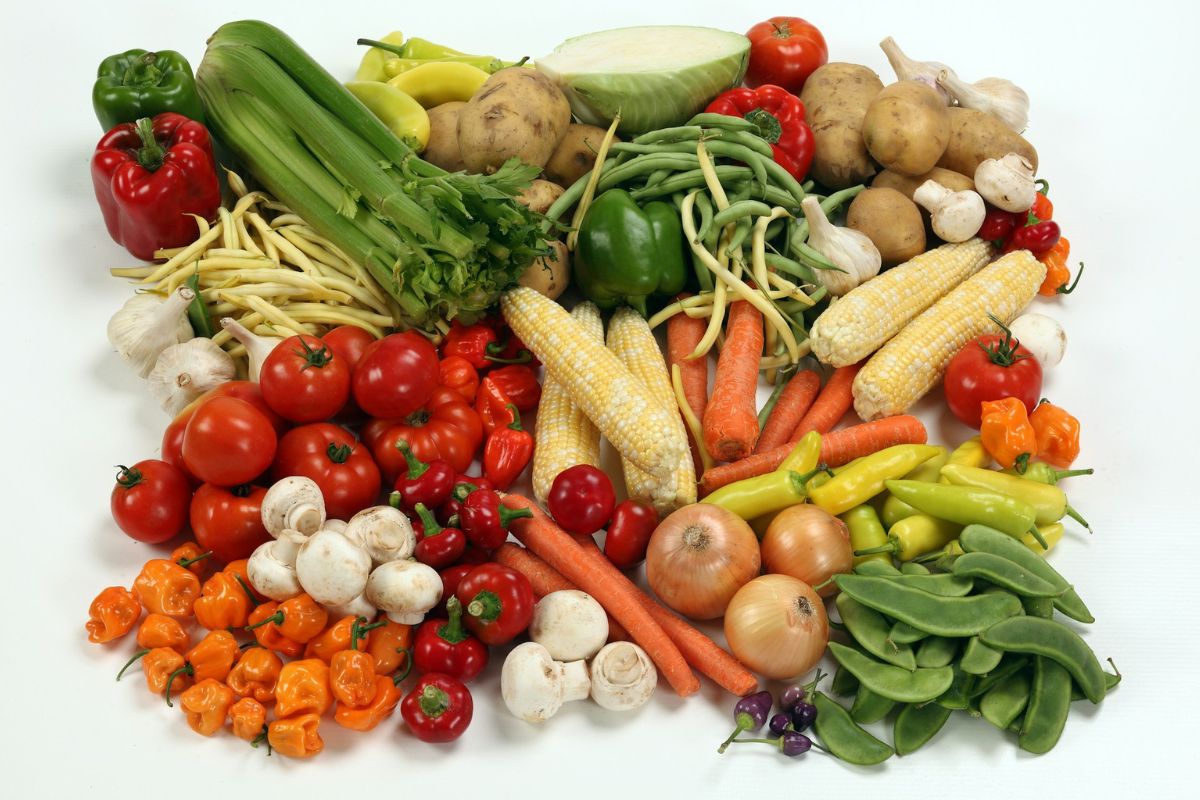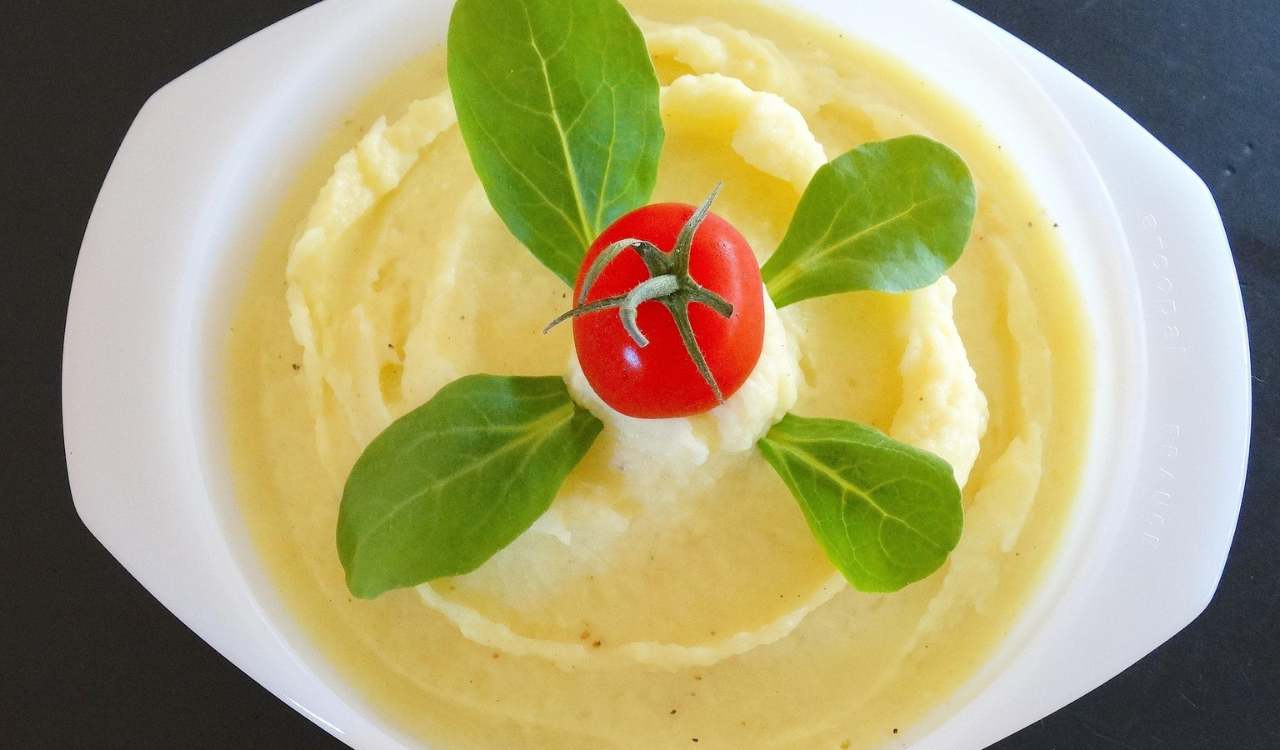7 Quick Fixes for Oversalted Soup Any Home Cook Can Master

Even the best home cooks slip up with salt, but the good news is an oversalted soup isn’t a lost cause. With the right fixes, you can bring balance back to the pot without scrapping the whole meal. From quick tweaks that change how flavors hit your palate to smarter tricks that stretch and smooth out the broth, there are plenty of ways to save dinner. The key is knowing which method to use and when, so your soup tastes intentional, not improvised.
1. Add Dairy (Cream, Yogurt, Milk, or Sour Cream)
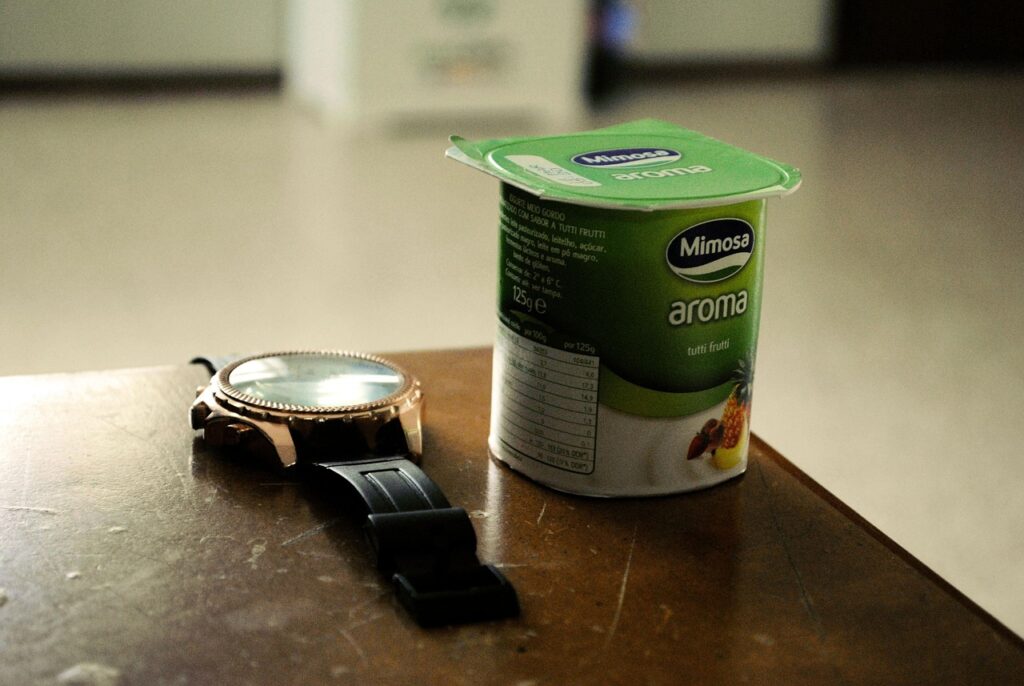
Here’s the thing about dairy: fat and proteins soften how salt hits your palate. Stirring a splash of heavy cream or a dollop of sour cream into an oversalted broth rounds the edges and makes the soup feel fuller without stripping flavor. Start small, a tablespoon or two per cup of soup, then taste and add as needed. If you use yogurt or sour cream, temper it first by whisking a spoonful of hot soup into the dairy, then stir the warmed mix back in to prevent curdling. Full-fat dairy works best because low-fat versions can thin the soup without the same smoothing effect. Keep additions modest; dairy balances perception, it does not remove sodium.
2. Add Acid (A Squeeze of Lemon Juice or a Splash of Vinegar)
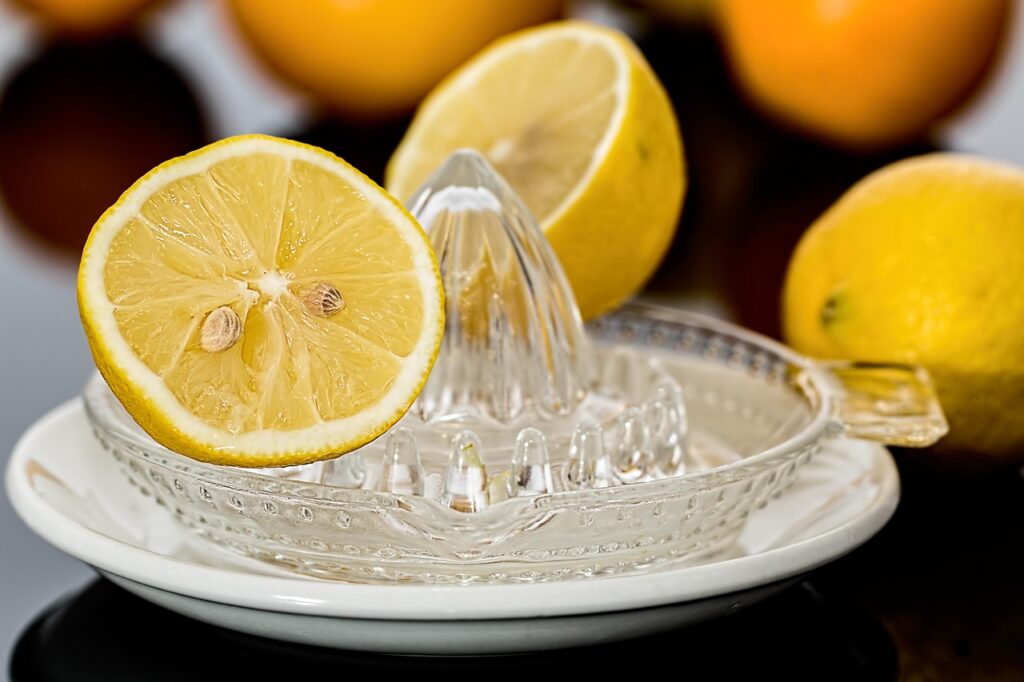
What this really means is balance, not blunting. Acid brightens and distracts the palate so salt feels less dominant. Use lemon juice, sherry or apple-cider vinegar, or even a spoonful of tomato paste for body plus tang. Add in tiny increments, ½ teaspoon at a time, stirring and tasting between additions. Acids work quickly and can revive flat flavors that dilution alone can’t fix. Be mindful: acid changes the character of the soup, so add cautiously. For cream-based soups, add acid off the heat to avoid curdling, and reheat gently. Acid is a fine-tuner, not a cure-all, but used carefully, it will rescue a salty pot.
3. Dilute With Water or Unsalted Stock

Here’s a practical route: reduce concentration. Adding water or unsalted stock lowers the soup’s salt per volume, which is the simplest fix. Use unsalted chicken or vegetable broth if you want to preserve depth; plain water works too, but will thin flavor. After diluting, simmer briefly to marry ingredients and reduce any thinness, or add aromatics and a splash of acid or fat to restore complexity. Keep track of volume as you add liquid, aim to dilute by 10 to 25 percent at first, then taste. This method is predictable and safe, though it may require small adjustments afterward to rebalance herbs, fat, or acidity.
4. Add Starchy Ingredients to Absorb Salt
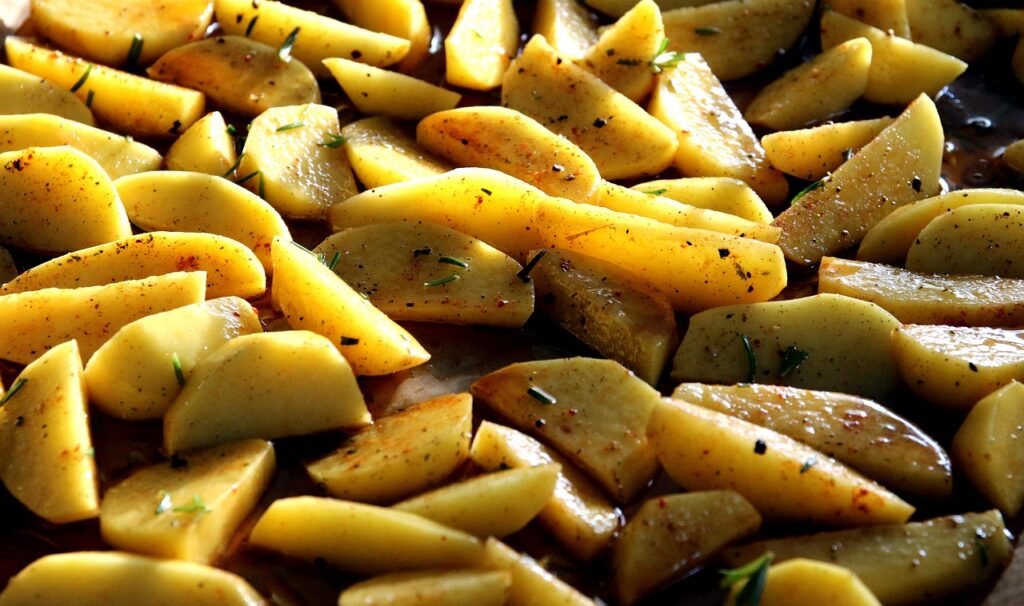
Think of starch as a temporary sponge. Toss a few peeled, halved potatoes into the pot and simmer 10 to 15 minutes so they pull some salt from the broth; remove and discard them if desired, then taste. You can also cook plain rice or pasta separately and add it to the soup; it soaks up salty liquid and makes the portion feel more like a meal. Note the caveat: starchy items can release some of the salt back if left too long, and adding starch changes texture. Use this when you need bulk and quick salvage, and consider removing the starch if you only want the absorption effect.
5. Double the Recipe
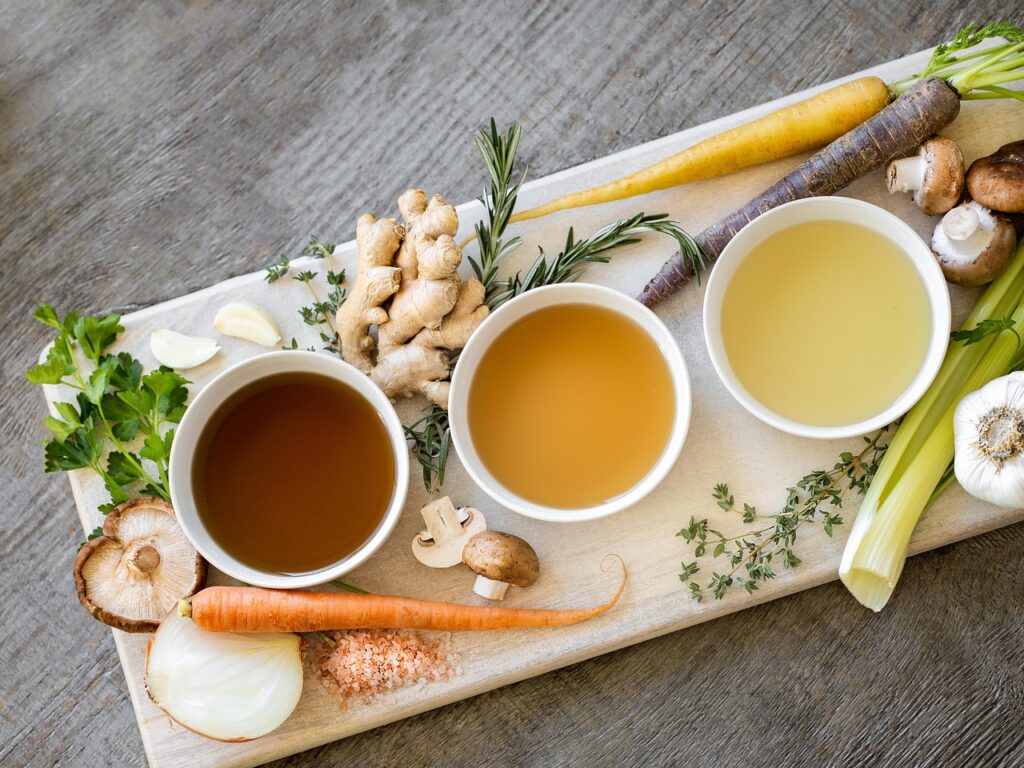
What cooks sometimes forget is the simplest math: make more unsalted soup. Prepare extra unsalted stock, vegetables, or grain, then mix the oversalted batch into the new, larger volume until the salt level drops to taste. This keeps the original flavors intact without relying on coverings or quick fixes. It’s resource-heavy but reliable for batch cooking, especially with stews and chowders that scale easily. After combining, simmer to integrate flavors and adjust seasoning with acid, fat, or herbs. This method preserves texture and mouthfeel better than heavy dilution with water alone.
6. Add a Touch of Sweetness (Sugar, Honey, or Maple Syrup)
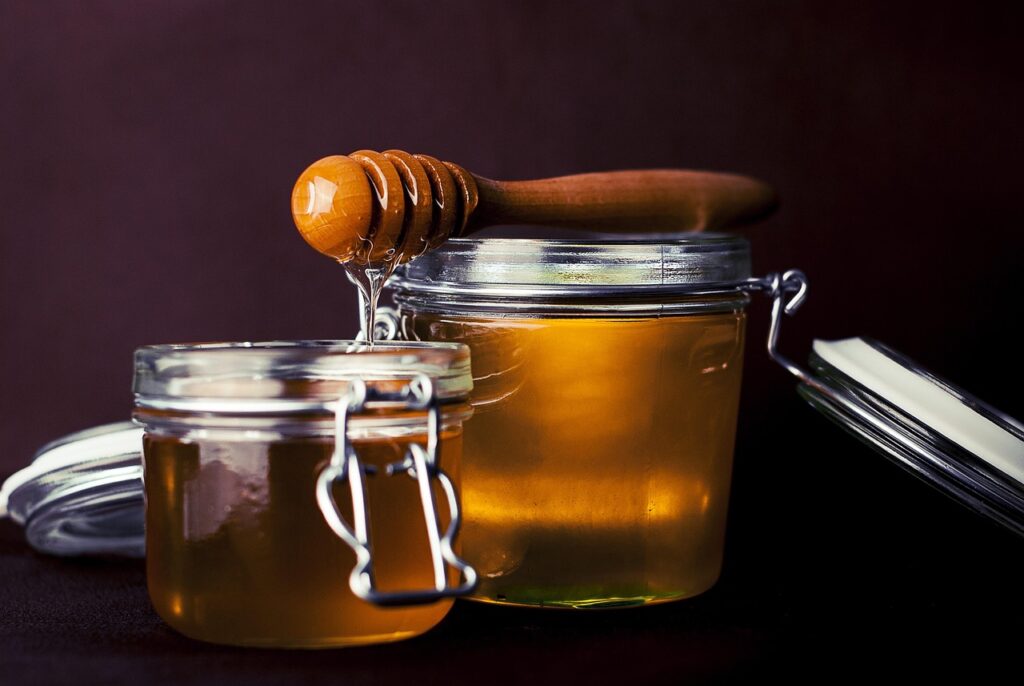
Here’s a subtle trick: sweetness can mask excess salt by shifting the overall flavor balance. Add a small amount, such as ¼ teaspoon per cup, then taste and repeat if needed. For tomato-based soups, a teaspoon of sugar or a splash of maple syrup often rounds acidity and salt in one move. Honey and syrups add nuance, so choose based on the soup’s profile. Keep additions tiny; sweetness should harmonize, not dominate. If you use sugar, dissolve it in a spoonful of hot broth before stirring it in to prevent grainy spots.
7. Use a Fat-Based Thickener or Roux (Butter Plus Flour, or Coconut Milk for Curries)
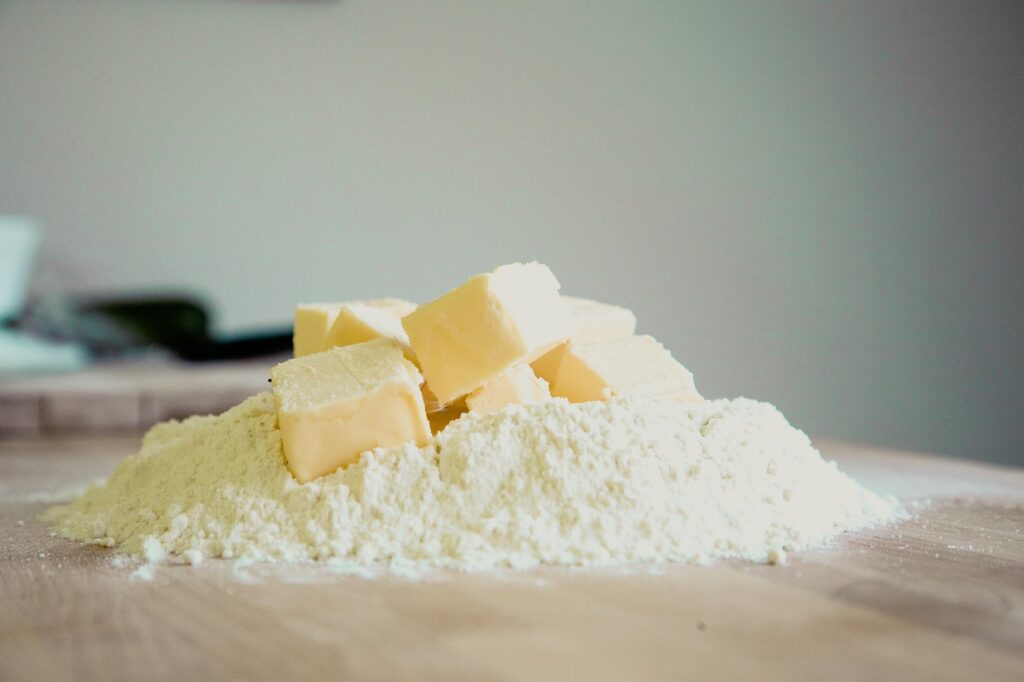
What this really means is texture-driven masking. Fat coats the tongue and helps hide salt’s sharpness, while a roux or cream-based thickener adds body so the soup feels less concentrated. Make a small roux — equal parts butter and flour cooked briefly — then whisk it into the soup and simmer long enough to cook the flour taste out. For curry-style or Asian soups, coconut milk or a splash of neutral oil will soften salt perception and add richness. Add these gradually, taste, and give the soup time to rest; the fat’s effect becomes clearer after a few minutes.




